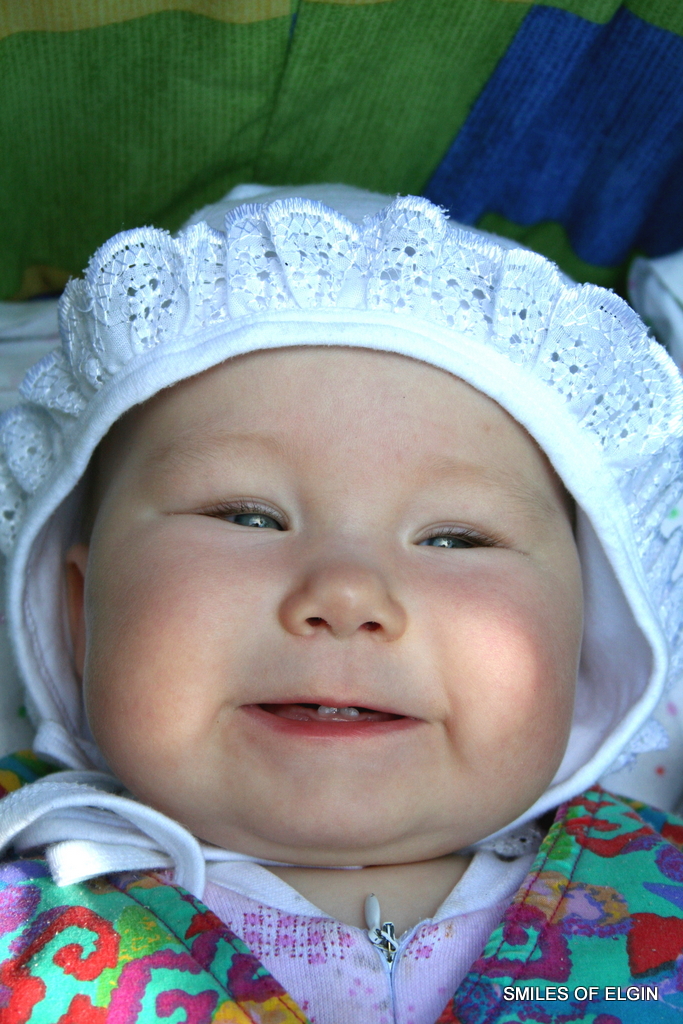1209 Dundee Avenue Elgin, IL 60120
Eruption of Your Child’s Teeth
The eruption of primary teeth follows a similar developmental timeline for most children. A full set of primary teeth begins to grow beneath the gums during the fourth month of pregnancy. A nourishing prenatal diet is of great importance to the infant’s teeth, gums, and bones.
Generally, the first primary tooth breaks through the gums between the ages of six months and one year. The American Dental Association (ADA) encourages parents to make a “well-baby” appointment with a pediatric dentist at around six months after the first tooth emerges. Pediatric dentists communicate with parents and children about prevention strategies, emphasizing the importance of a sound, daily home care plan.
Although primary teeth are deciduous, they facilitate speech production, proper jaw development, good chewing habits – and the proper spacing and alignment of permanent teeth. Caring properly for primary teeth helps defend against painful tooth decay, premature tooth loss, malnutrition, and childhood periodontal disease.

In what order do primary teeth emerge?
The first teeth to emerge are the central incisors on the lower and upper jaws (6-12 months). These can be cleaned gently with a soft, clean cloth to reduce the risk of bacterial infection. Also, the central incisors are the first teeth to be lost, usually between 6 and 7 years of age.
The lateral incisors emerge on the upper and lower jaws (9-16 months). These teeth are lost next, usually between 7 and 8 years of age. First molars then emerge on the upper and lower jaws (13-19 months). The eruption of molars can be painful. Clean fingers, cool gauzes, and teething rings are all useful in soothing discomfort and soreness. First molars are generally lost between 9 and 11 years of age.
Canine teeth tend to emerge on the upper and lower jaws (16-23 months). Canine teeth are lost during preadolescence (10-12 years old). And finally, second molars complete the primary set on the lower and upper jaw (23-33 months). Second molars can be found at the very back of the mouth, and are lost between the ages of 10 and 12 years old.
What else is known about primary teeth?
Teeth usually erupt in pairs – meaning that there may be months with no new activity and months where two or more teeth emerge at once. Due to smaller jaw size, primary teeth are smaller than permanent teeth, and appear to have a whiter tone. An interesting mixture of primary and permanent teeth is the norm for most school-age children.
Office Hours
| Monday | 10:00 to 6:00 |
| Tuesday | 10:00 to 6:00 |
| Wednesday | 11:00 to 8:00 |
| Thursday | 10:00 to 6:00 |
| Friday | 10:00 to 6:00 |
| Saturday | 8:00 to 3:00 |
| Sunday | Appointment only |



Recent Comments